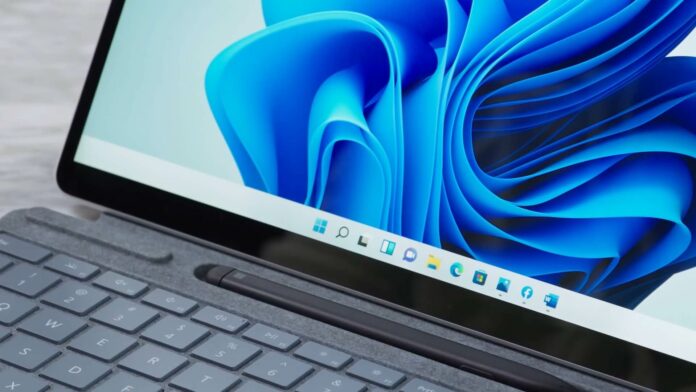A Windows PC needs to reboot after installing an update. It is pretty common, but Microsoft has been trying to change that with the “hotpatching” feature. Recently, Microsoft published a support document related to the feature and then removed it.
PhantomOcean3 was the first to spot this document before it was removed. You can use the Wayback Machine to check the post contents from the archived version. It seems it was a publishing mistake by someone who published the format instead of the actual post. So, it contains meaningless guidelines on how to explain the hotpatching feature to the readers.
We may see a republishing of the support document in the future. Windows Latest previously covered that Microsoft was experimenting with the feature in the Insider builds. The Redmond giant’s plan appears to be implementing it with the upcoming 24H2 version update.
What’s the benefit of hotpatching in Windows 11?
Windows 11 requires a reboot to apply the update after downloading and installing it. Hotpatching aims to change this behavior. Instead of restarting the PC after installing every monthly update, you’ll only have to do this after two months.
Microsoft explains it as “patching the in-memory code of running processes without the need to restart the process.” It eliminates the need to restart your PC after the update installation.
However, you’ll have to restart the PC after every two hotpatch updates. It is because Microsoft has four planned baseline updates for a year, which require a reboot. Here’s an example of it:
You may also have to restart your PC after installing an unplanned baseline update. These updates can arrive at any time, like a zero-day fix, which requires immediate action. If everything goes right, you don’t have to worry about restarting your PC after an update for eight months in a year.
Microsoft used this feature as a solution for Windows Server virtual machines and Xbox but realized that normal users needed it, too. Windows users have a long history of criticizing forced “reboots” after update installation, usually when trying to do something important.






